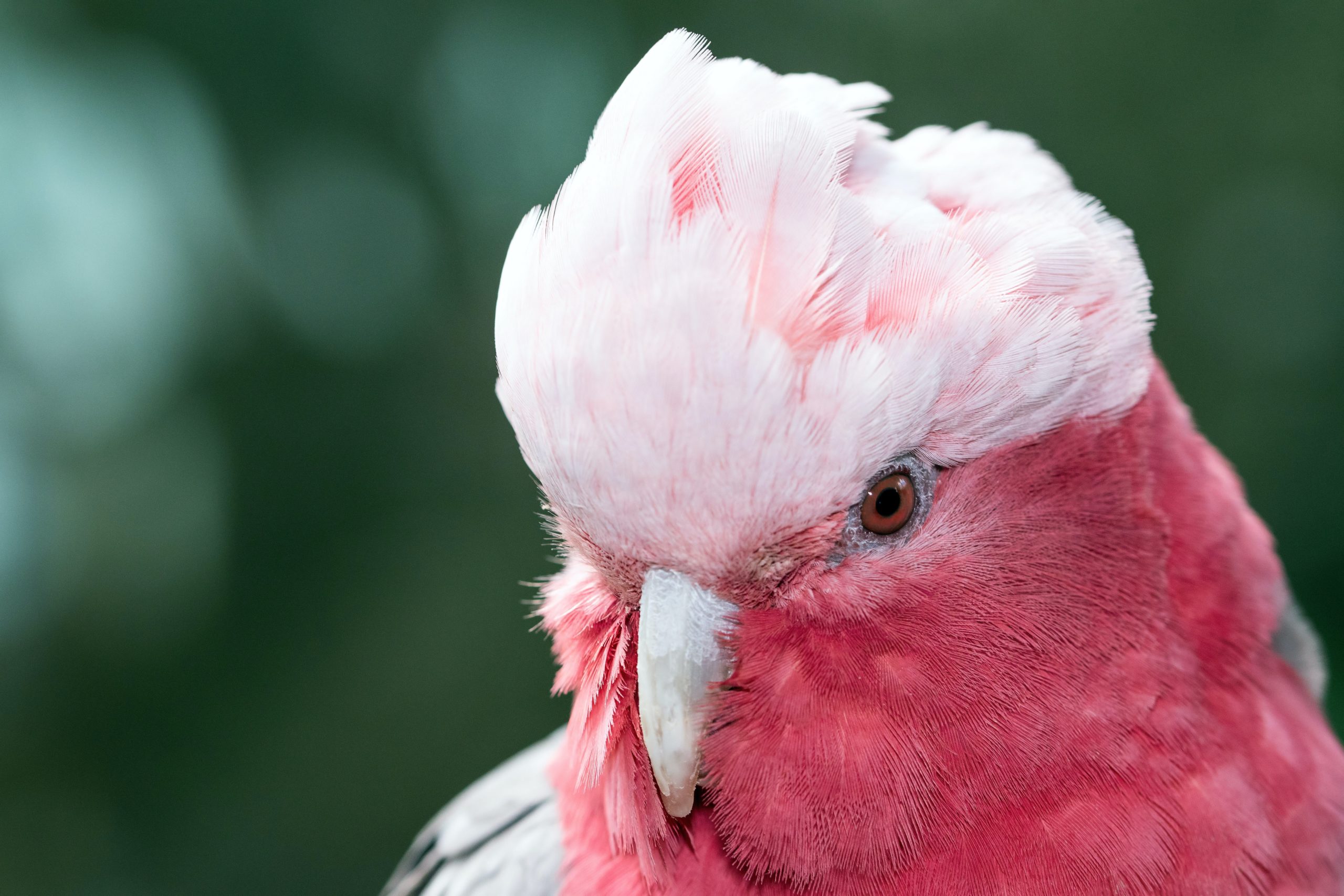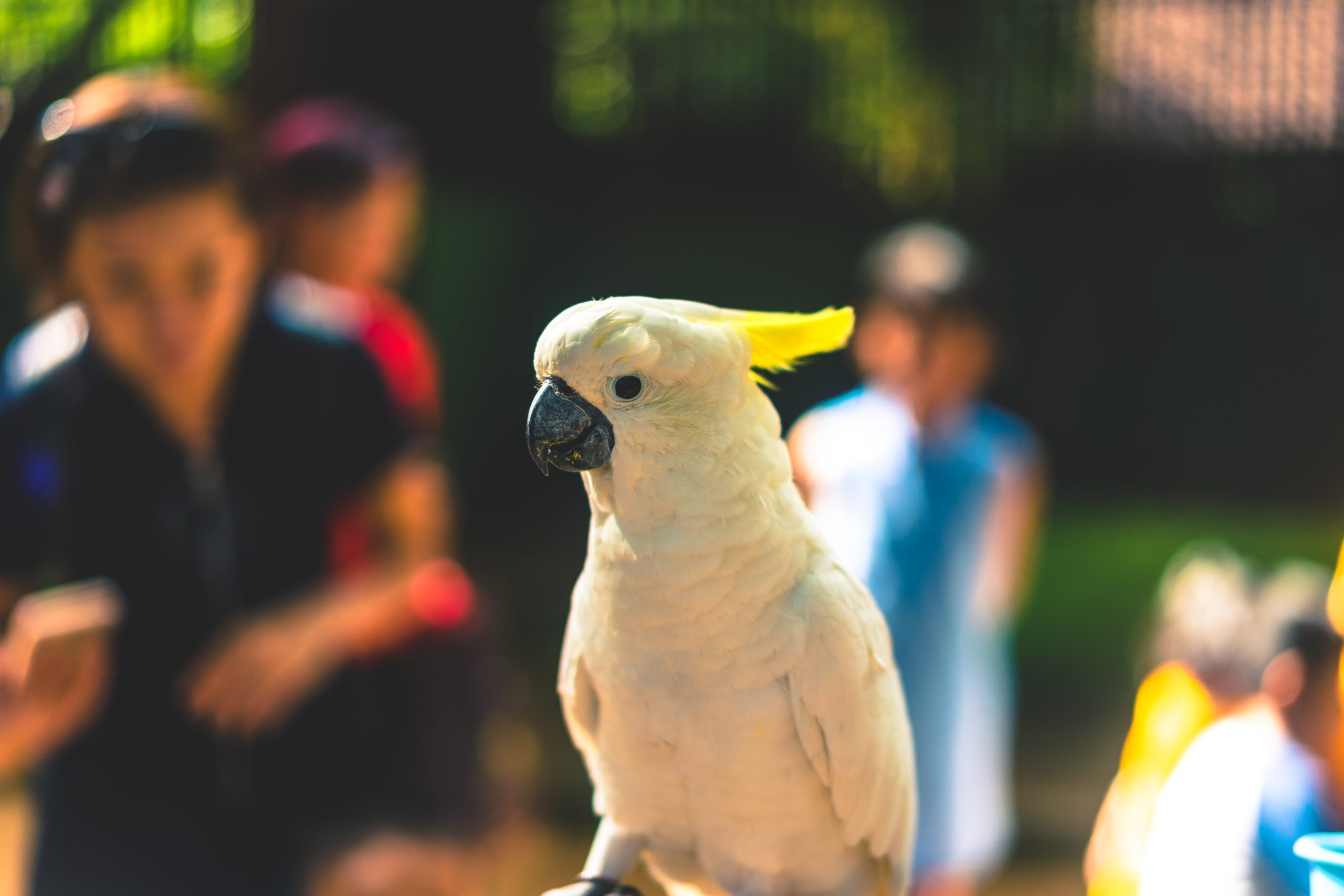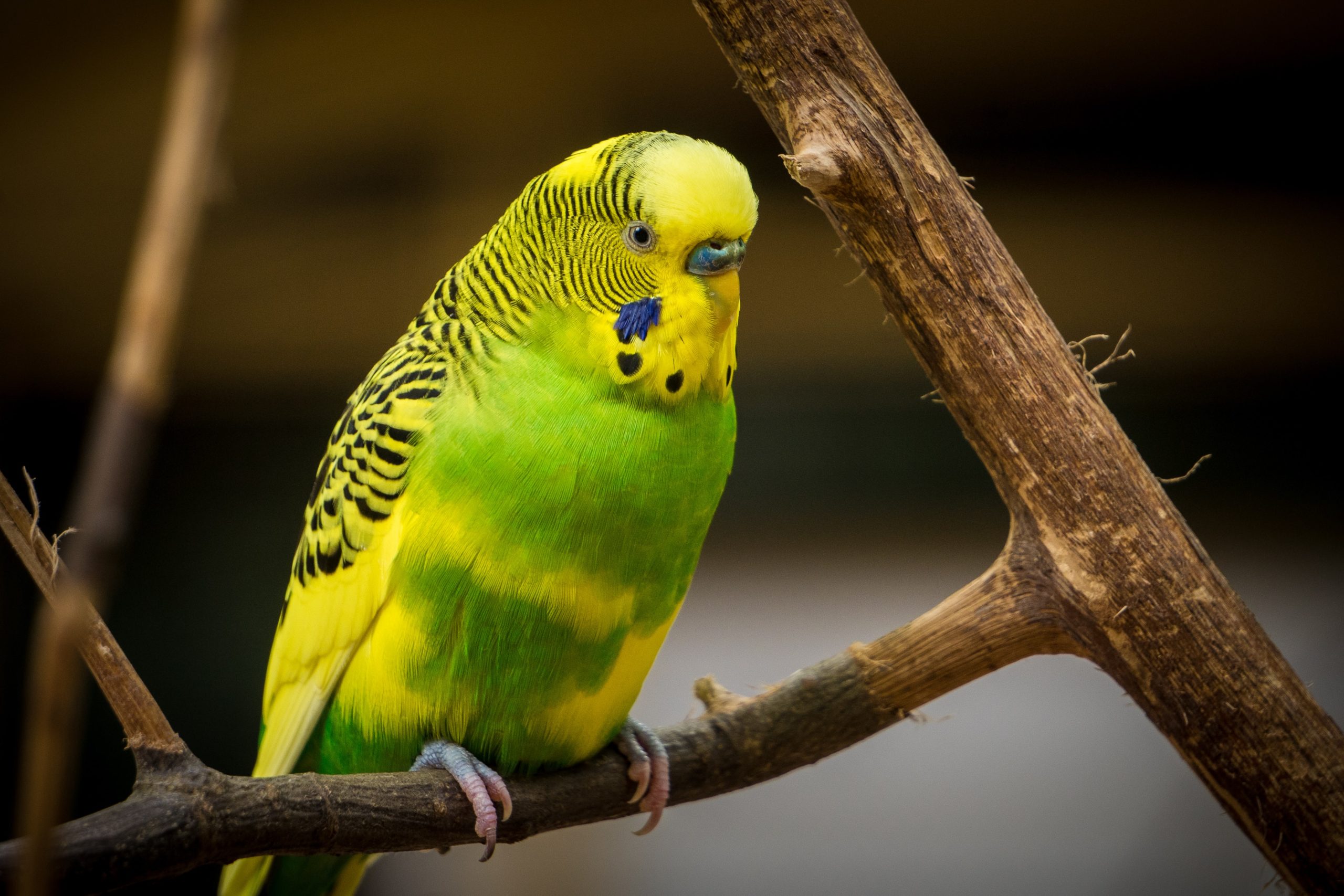There are many reasons that you might want to know the sex of your bird. You might want to know its sex so you can understand its behaviour and moods; know how to pair it up for breeding; be able to take precautions against some breeding problems – and even just knowing what to call it! But how do you do it?
Sexing by appearance
Well, we can say that a bird is either sexually monomorphic or dimorphic.
Monomorphic means both sexes are identical. Dimorphic means the sexes look different, and can be distinguished by just looking at them. Examples of this include budgies (the cere at the top of the beak is blue in cocks and brown in hens), normal cockatiels (the hen has more grey on the face, and horizontal bars on the underneath of the tail), galahs and sulphur–crested cockatoos (the adult hen has a pink–reddish eye) and the Eclectus (the hen is red and the cock is green).
If you are unsure whether your bird is dimorphic, you can obtain a good book on the birds you are keeping. Australian Birdkeeper publishes excellent magazines and books on a wide range of birds.
Monomorphic birds (e.g. macaws, conures, rosellas, lorikeets) require more work to identify the sex. This requires either surgical sexing or DNA sexing.
Surgical sexing
The ovaries and testicles (gonads) of birds are found inside their body. The sex can be determined by examining these gonads with an endoscope. This is done under a general anaesthetic. A small hole (2~3 mm) is made in the side, the endoscope inserted and the gonads found and identified. Usually no stitches are required, as the hole closes up almost immediately. The whole process takes only 1~2 minutes. The accuracy of this procedure is very high – above 98% – and birds can be sexed almost as soon as they have fledged. Although there is a risk involving anaesthesia and surgery, it is very low – less than 0.5%.
Having sexed over 7,000 birds since 1988, Bob Doneley can safely say that, in his hands, surgical sexing offers bird owners a fast and accurate means of identifying their bird’s sex, with less risk than driving to work.
DNA sexing
This is a newer but highly accurate technique where a feather or blood sample is analysed to see whether it has male or female DNA. This procedure can be carried out in specialist laboratories.
Although DNA sexing is safe, there are often long delays between the collection of the sample and notification of results. Because of the amount of handling involved, there is more margin for human error. Additionally, DNA sexing can only tell the sex of the bird – it can make no comment on the bird’s maturity, health, body condition, etc. DNA sexing is usually between $5~$10 per bird, more expensive than surgical sexing.
DNA sexing plays a valuable role in the sexing of rare or valuable birds, or if you cannot take your bird to a vet experienced in surgical sexing. Otherwise, surgical sexing is more efficient, just as accurate, gives you more information, and gives you same-day results.




